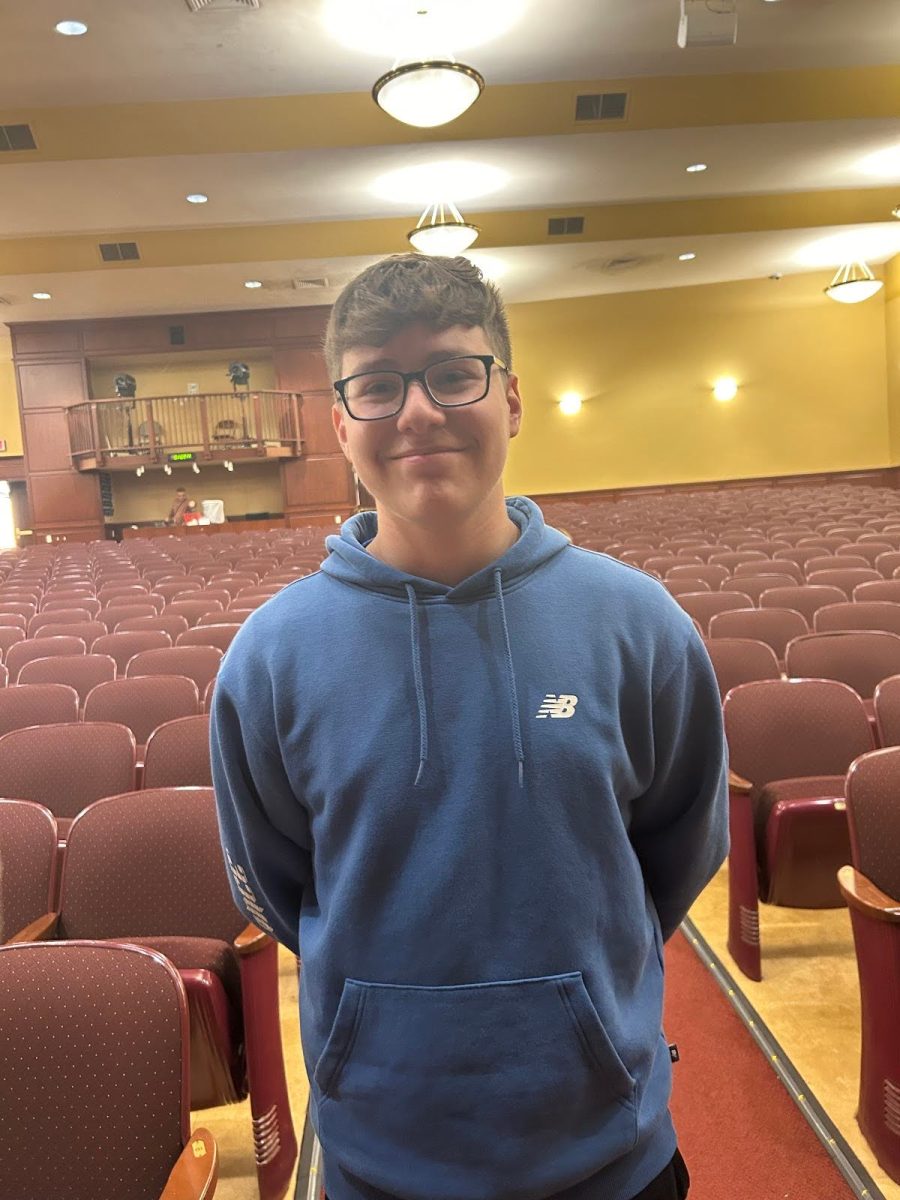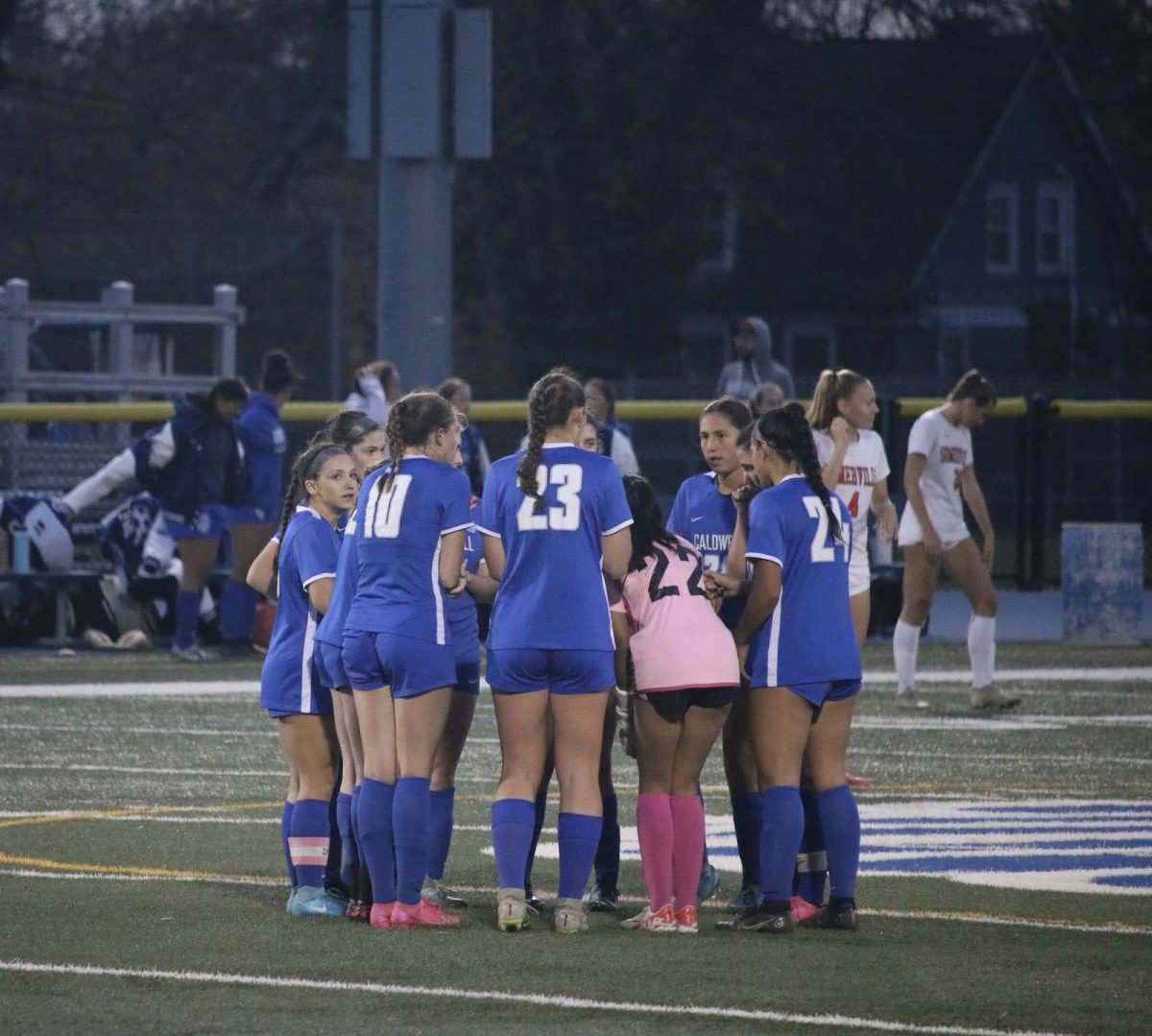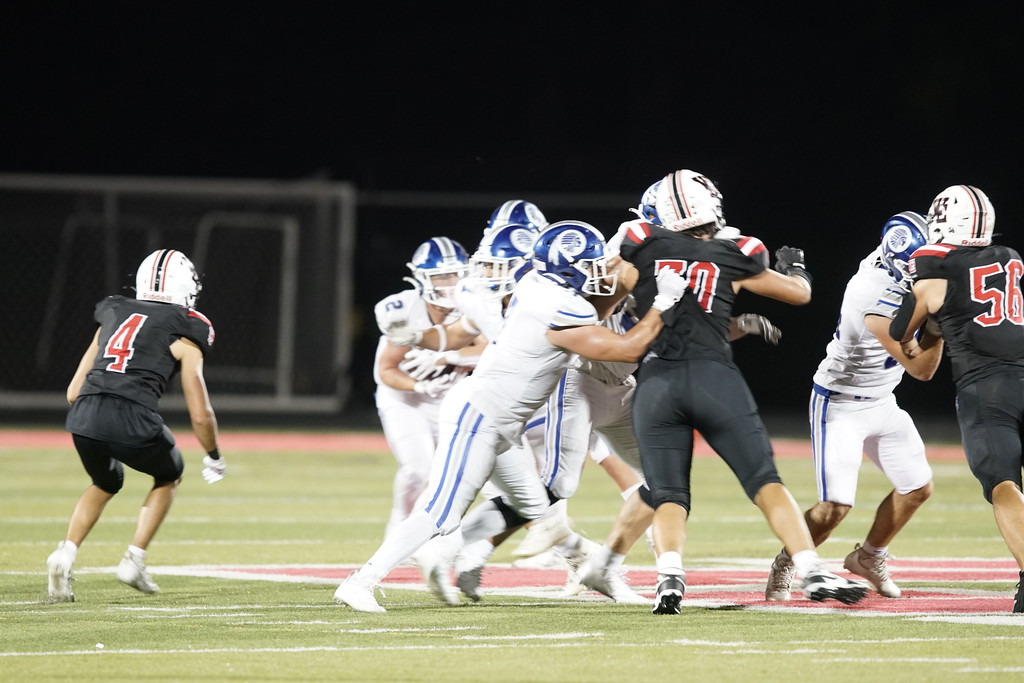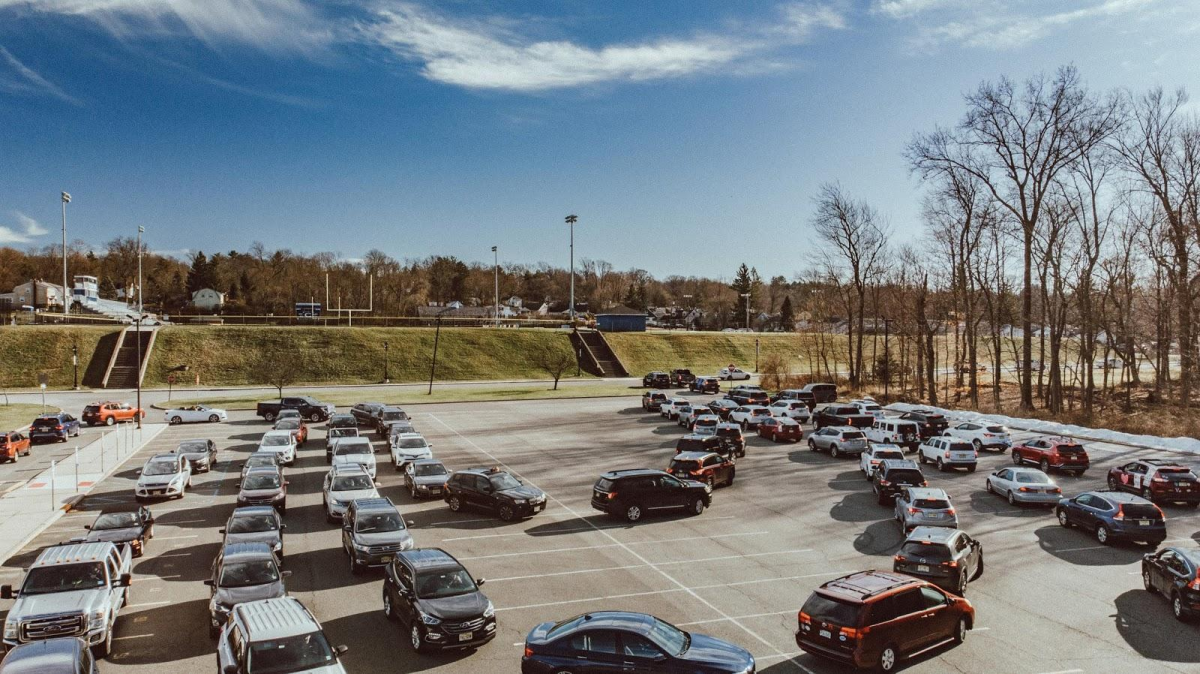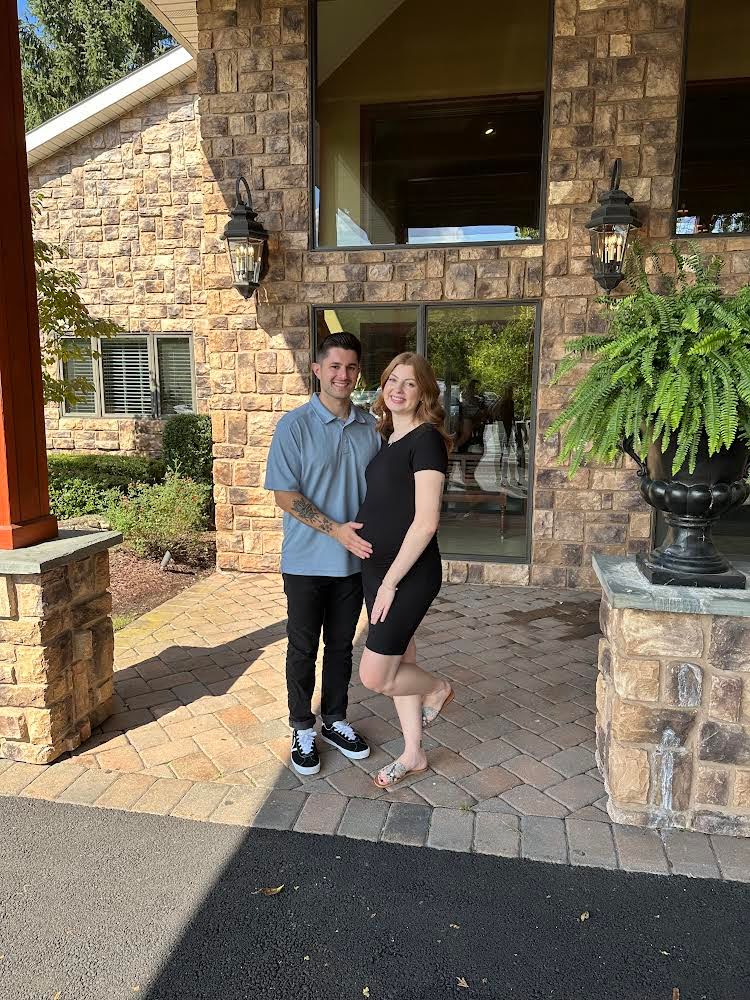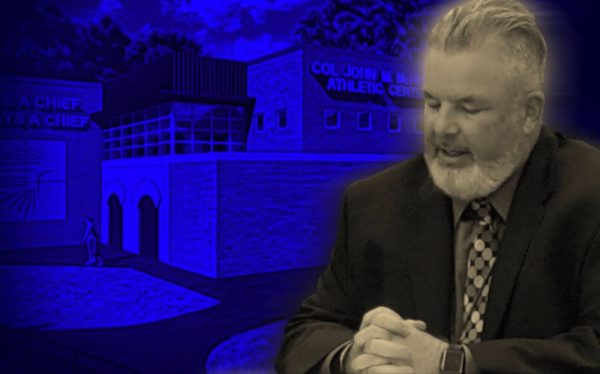
The plans for a new field house at JCHS offer one of the most impactful potential changes to student life in recent history. While it would have many obvious benefits for student athletes, it has also attracted the attention of Essex County residents who considered the undesirable potential effects that it could have on the community.
The proposed field house (PFH) would consist of seven restrooms, one large locker room (80 lockers) and small locker room (40 lockers) for each gender respectively, exclusive locker rooms, offices and showers for coaches, a team meeting/film room, training room, conference/staff development room, multi-purpose room on the second floor for the wrestling team that would vacate the auxiliary gym inside the school for the use of other teams, an elevator (for universal accessibility to the facility) and plenty of storage space. This massive 16,000 square-foot building would replace the current field house, which is 83 years old and 3,000 square-feet in size.
Additionally, the new facility would be dedicated to Col. John McHugh, who graduated from JCHS in the class of 1982. He went on to find success both academically and athletically at the United States Military Academy at West Point and served as a helicopter pilot in Operation Desert Storm, among other missions. He was killed by a suicide bomber in Afghanistan on May 18, 2010, and remains the highest-ranked American to die in that warzone.
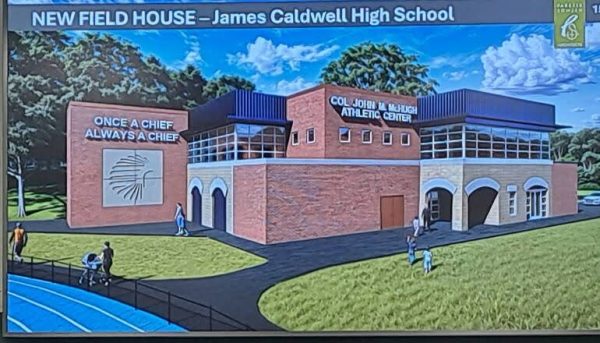
The PFH would clearly offer greater benefits to a larger number of student athletes at JCHS than the building that is currently in use. However, Caldwell residents have found a number of reasons to withhold their support.
Voices of the people
A variety of important concerns were expressed at the public Board of Education meeting that took place on September 30th. The most common concerns stem from the tax increase of $140 (which would be paid annually by members of the community for the lifespan of a 20-year bond) to account for the high price of the PFH, which would range from 15-16 million dollars. This has led many to argue that the construction of the PFH would not be the best use of their money nor necessary for the most part, as resident Glen Roselle stated that it is “premised on wants not needs.”
On the other hand, Caldwell-West Caldwell Superintendent Dr. Christopher Conklin stated that the PFH is an “important undertaking,” since “the existing field house is in dire need of replacement and renovation.” Besides being “aged,” in the words of Senior soccer player Jad Geib, the current field house does not align with ADA requirements or Title IX, legislation passed to ensure that equal athletic opportunities and services are offered to all students regardless of gender, disability etc. The small locker room found in the building is only in use by the football, baseball and lacrosse teams, which lacrosse player Ryan Healey believes is “unfair” given that “the other sports get nothing” (besides access to its bathrooms). The players on the softball team, for example, have to carry their gear to and from practice everyday since there is nowhere on school property for it to be stored. So, while arguments can be made that certain aspects of the PFH would lean more towards “wants” than “needs,” many of its features, such as the large locker rooms that would be offered to both genders, are much needed.
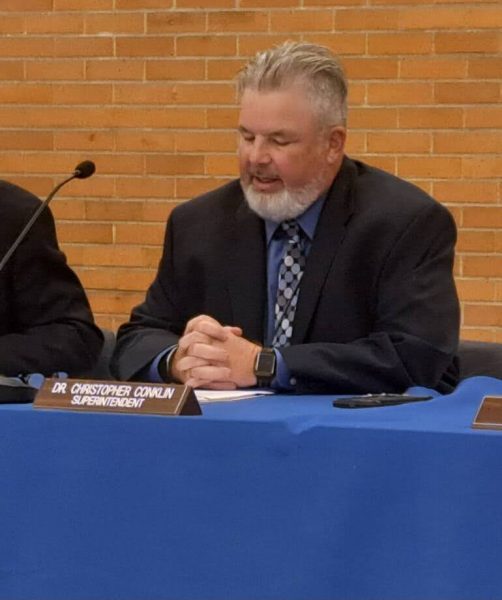
Additionally, steps were taken during the planning phase of the PFH to ensure that the interests of all relevant groups would be taken into account. “The BOE did their due diligence in preparation of the plans for the athletic center and received input from a variety of sources (professional architects, coaches, staff, administrators, and community members),” Dr. Conklin stated.
Although the Superintendent holds the position that “this should avoid any issues with the final construction project when it is voted on and approved,” it is still important to cover the other potential drawbacks that were mentioned at the meeting.
Another Caldwell resident, Rich Genitempo raised the possibility at the September meeting that certain members of the community would be likely to experience an annual tax increase of more than $140 if the value of their house is higher than the average assessed value of Caldwell-West Caldwell homes. The average assessed home value is currently uncertain.
He also recognized that this would compound the tax increase that has already taken place as a result of the decision of former district administration to borrow $42 million.
An attendant who lives next to the field house questioned how the construction of the PFH would impact traffic flow. Greg Somjen, a principal within Parette Somjen Architects (the firm that would be responsible for building the PFH), stated that a traffic study has yet to be conducted.
This parallels the issue of parking at JCHS, which was also mentioned during the meeting. JCHS students have struggled to find parking at the school for years, serving as the focus of multiple articles in The Caldron. It has been argued that the lack of vacant spots throughout the day could be amplified by the PFH.
While the PFH has become a hot topic in and of itself, it has also been tied into a greater concern within the community: the belief that a disproportionate amount of attention, and therefore funding, has been given to athletics when compared to the arts.
Are the arts underfunded?
A substantial number of JCHS students, parents, and community members believe that there is too much of a concentration of funds on athletics (particularly football), which has caused certain aspects of student life and the curriculum to be underfunded, primarily music and the arts. The $20 “studio fees” that all students enrolled in fine art classes are required to pay and most recently the PFH have been used as evidence to support this.
However, the music and the arts department is not as neglected as some may think. Dr. Conklin shared that “over the past three-plus years the district has invested additional funds – well over 1 million dollars—into the arts and facilities that support the arts.” Through this funding, “we have…renovated and updated art rooms at the JCHS, updated the hardware and software that supports the arts and STEM programs at JCHS, and updated the CPA at JCHS,” among other investments into these departments. Dr. Conklin went further to state that “we have expanded the music offerings in all four elementary schools…[and the middle school as well, such as how we] renovated and updated the auditorium at GCMS.” In reality, the music and arts are constantly being refined throughout all of the schools in the district.
It is also worth noting that the funds which will be put towards the construction of the PFH are inapplicable to the JCHS curriculum (which includes the arts). “The contribution [payment] for the proposed athletic center does not come from an account that is allocated for music and the arts,” as it will be taken from the district’s capital fund. Only funds from the district’s second reserve, the operating fund, can be used to improve the curriculum. Therefore, the PFH cannot be used to argue that athletics are being prioritized over the arts with regards to funding since it will be paid for with money that cannot be used to develop the arts in the first place.
As an aspiring professional artist and student at JCHS, I can say that I have noticed significant improvements within the arts department over the past few years. This is especially clear in the Computer Graphics/Digital Photography room, which recently received new computers, tables and chairs which offer students a much more enjoyable experience in the class than when I took Computer Graphics 1 prior to the renovations (not to say that it was not thoroughly enjoyable then as well).
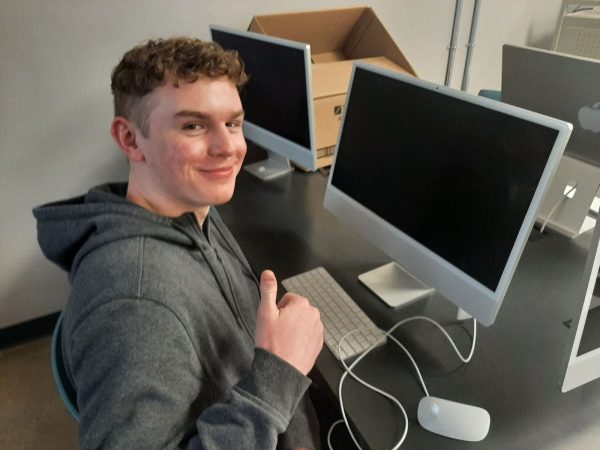
Overall, the PFH and small criticisms of music and the arts like the studio fees cannot be used to argue that these departments are underfunded. The district is evidently “strongly committed to the arts,” and I eagerly look forward to seeing how it will “continue to fund and support these critical programs at all of the schools in the district.”
Getting involved
Ultimately, the ability to decide whether or not the PFH will be built will be placed in the hands of the community during the Referendum in March (2025). Residents will vote on whether or not they support the PFH, and the plans will be executed if they are approved by a majority of the voters. If the majority votes in favor of the PFH, the bonding of funds will begin in the following April and construction will take approximately 6-12 months with an intended completion date of Spring 2026.
In a small community like our own, every vote counts. The participation of as many residents as possible in the referendum will ensure that the interests of the people of Caldwell-West Caldwell are truly represented.
For this reason, I strongly encourage readers of this article to take part in the Referendum and attend future public B.O.E. meetings. While Dr. Conklin believes that “the proposed athletic center’s plans provide everything that is needed now and in the future for the Caldwell-West Caldwell Schools,” there are undoubtedly members of the community who are not as supportive. The continued attendance of CWC residents at public meetings will ensure that any doubts, fears, or questions regarding the PFH are discussed and resolved.
The Board of Education’s meeting schedule can be viewed at boarddocs.com. I eagerly look forward to hearing the input of more members of the community!
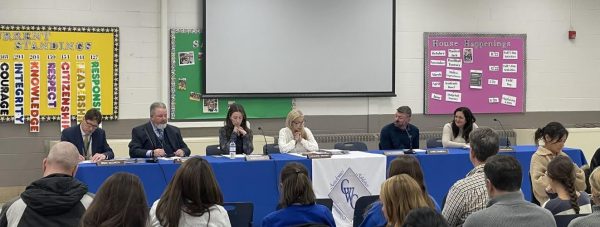
Works cited

